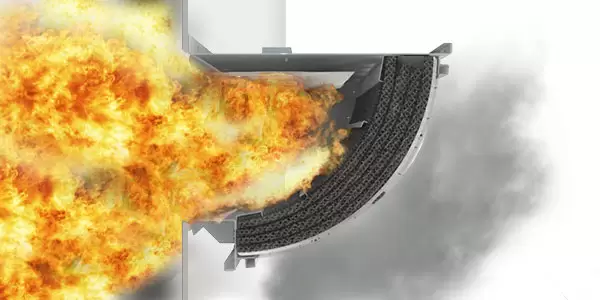Explosion relief vents are a vital part of industrial safety. They help to reduce the risk of property damage, injury, and death caused by the rapid expansion of gases, such as steam or burning gas.
Explosions can occur in chemical plants, oil and gas refineries, and other industrial areas. An explosion relief vent (ERV) is a device that is designed to contain the pressure created by these explosions and reduce their impact.
An explosion relief vent is a device that is designed to relieve pressure from an enclosed space in the event of an explosion. If you are in search of an explosion relief vents, you may hop over to Coopatex.

Image Source: Google
How does an explosion relief vent work?
An explosion relief vent is designed to open quickly when the pressure of an explosion is detected. The ERV is designed to allow the pressure to escape into the atmosphere, rather than damaging the surrounding area.
The ERV is typically made of a strong metal material and is installed on the outside of a building or other structure. The ERV is designed to open quickly when the pressure of an explosion is detected, allowing the expanding gases to escape into the atmosphere.
Benefits of explosion relief vents
Explosion relief vents are an important part of industrial safety. They help to reduce the risk of property damage, injury, and death caused by the rapid expansion of gases. ERVs are designed to contain the pressure created by these explosions and reduce their impact.
They are also designed to open quickly when the pressure of an explosion is detected, allowing the expanding gases to escape into the atmosphere. This reduces the risk of structural damage and injury to personnel in the vicinity of the explosion.
